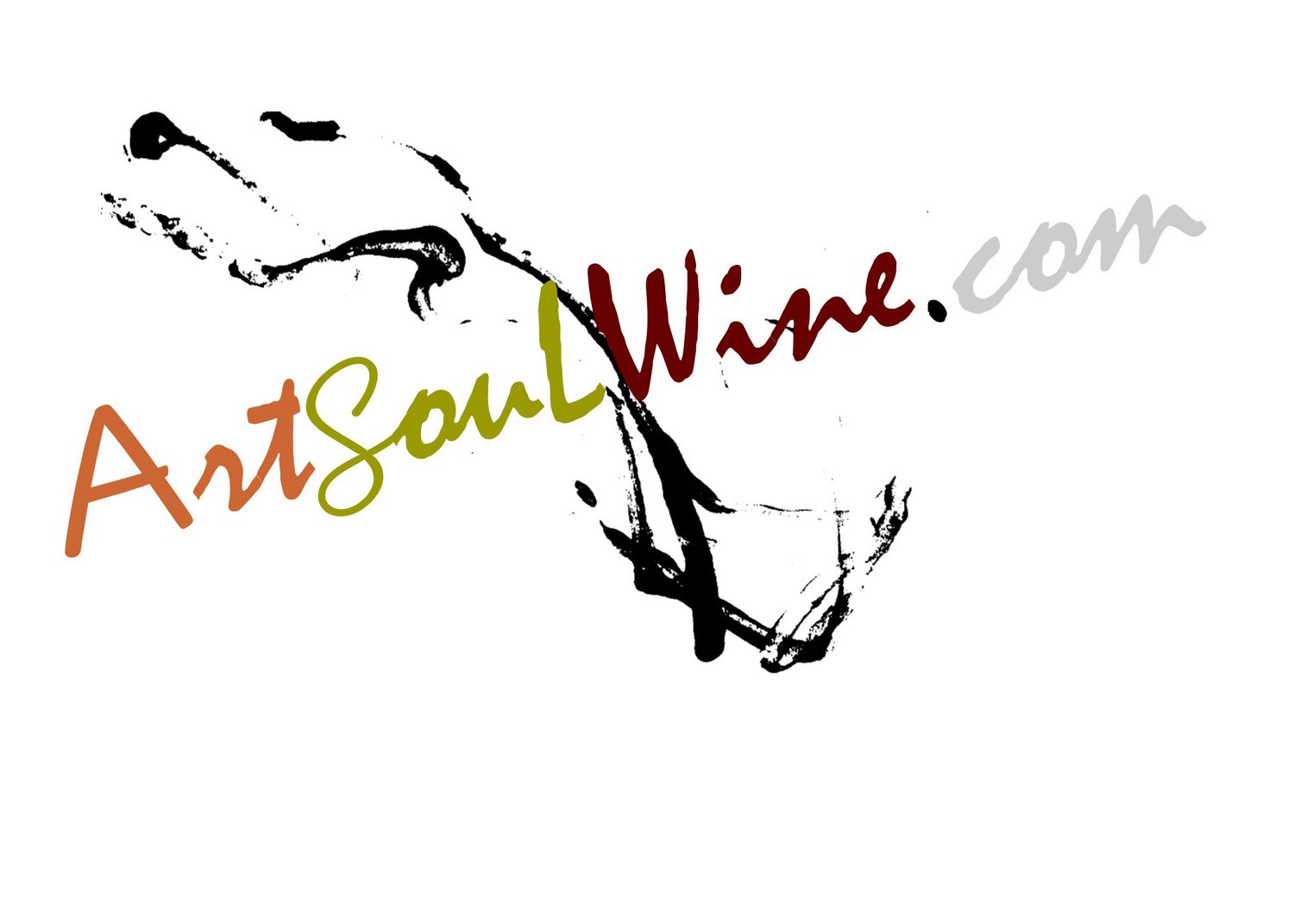When in Apple Country, Drink Cider--Within a 45 Minute Drive of ROC
/No one is sure when or where it began or who discovered that fermenting apple juice was delicious, but 3,000 years ago there were apple trees along the Nile River, and the Egyptians were notable beer and wine drinkers. After the Romans found cider in Britain in 55 BC, large scale production really took off.
In early America it was the drink of choice. Benjamin Franklin said, “It’s indeed bad to eat apples; it’s better to turn them all into cider.” William Henry Harrison won the 1840 presidential election as the “Log Cabin and Hard Cider Candidate,” and gave out free cider to his supporters. John Adams started his day with a tankard of cider and lived to be 90 years old.
Yes, there are some health benefits to drinking cider regularly, though, at 3 to 12 percent alcohol, drinking a daily breakfast tankard isn’t recommended in this article. All real cider, hard and not, is produced by crushing whole apples. It contains lots of Vitamin C for the immune system and more antioxidants than tomatoes or green or black tea to fight free radicals. It’s 100 percent juice, unlike processed apple juice at the grocery store; it has no fat or gluten; it has no cholesterol and, in fact, contains pectin which reduces cholesterol. There is no added sugar in real cider, but there is a substantial amount of natural sugar, and one 8-ounce glass is about 110 calories.
Ancient ciders were made with crabapples making them tart and bittersweet. As exploration and trade ensued across Europe and parts east, more common, sweeter apple varieties were shared, cultivated, and utilized to produce this popular alcoholic beverage. Today, with 7,500 varieties of apples available, new generations of family farmers have rediscovered heirloom and cider apples and are also making hard cider from culinary apples like Golden Delicious and Gala.
Rochester is surrounded by multi-generational fruit farms, and many specialize in apples. If they don’t make their own cider, they likely sell to people who do make it, creating opportunities all around us to drink local, smaller production ciders. I recently visited some cideries within a 45-minute drive of the South Wedge and tasted some of their specialties.
For 100 years Schutt’s Apple Mill, 1063 Plank Rd., has been growing apples in Webster. Known for its sweet, fresh-pressed cider, fourth-generation great-grandson Evan Schutt began making hard cider two years ago. Their store has a new, expanded tasting room that also carries other local ciders to try. Schutt’s own Fried Cake cider is “fall” in a glass with familiar seasonal spices over apples and a fried cake flavor finish. This is sweet—a dessert or holiday cider for grown-ups—and made with Ida Reds, Empire, and Rome apples. Schutt’s more traditional offering is Great Grandpa’s Grog “Relic.” It’s light and refreshing with an off-dry finish. Made from Crispin and Pinata apples, the flavors are more subtle, balanced, and classic, slightly tart.
Also east of Rochester, in Williamson, Rootstock Ciderworks, 3274 Eddy Rd., was founded by David DeFisher in 2012. Rootstock is part of DeFisher Fruit Farms, which harvests 500 acres of orchards and is in its fifth generation of family farmers. The cidery uses all-natural local ingredients and is the first post-Prohibition farmstead cidery in the region. The tasting room is beautiful with an indoor tasting bar and outdoor seating. The 2017 Heritage, made from Rhode Island Greening apples, is fresh with a clear apple taste, a hint of pear, and a slight floral finish. The 2016 Legend Barrel-Aged is made from a blend of heirloom apples and aged for at least a year in French and American oak barrels. It’s whiskey-like in its complexity and character: apples with some dark spice and leather, a fall and winter sipper. The 2017 Rose is a lovely blend of Rhode Island Greening and Cortland apples and the Austrian Blaufrankisch grape (sourced from Leonard Oakes Winery.) Slightly effervescent, it’s wine-like with flavors of strawberry, red berries, and melon with a dry finish.
On the west side of Rochester, Blue Barn Cidery, 928 Manitou Rd. in Hilton, was established in 2017, but is part of a 200-year old family farm business currently known as Green Acres and West Wind Fruit Farms. The facility itself, the Blue Barn, is marketed for weddings and events. On the Sunday I was there, at least three parties were going on simultaneously. There is a large tasting bar that also offers other beverages from area wineries and breweries. I tasted three Blue Barn ciders. The Westcider, a blend of six apples, had a very slight floral note to it, but was otherwise not distinctive. The Jostaberry Jam, which the server said was the most popular cider, was sweet with currant flavors and reminded me of red fruit punch. The Pop the Bubbly cider was supposed to be slightly effervescent and have a “Champagne” quality. Unfortunately, this taster may have been open too long because it was flat and had an unpleasant minerality. Perhaps they are still experimenting with flavors and fermenting, but, overall, these samples lacked the complexity of many other ciders that I’ve tried.
All three cideries produce all-natural beverages using home-grown and local-grown ingredients, including other fruits from their orchards and farms. For more information, visit their Facebook pages or websites: www.schuttsapplemill.com, www.rootstockciderworks.com, and www.bluebarncidery.com.
This article appears in the October/November 2019 issue of The WEDGE newspaper
















